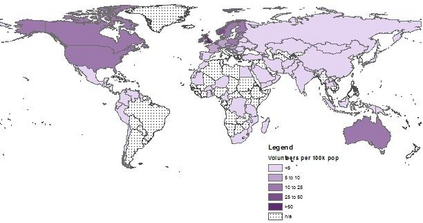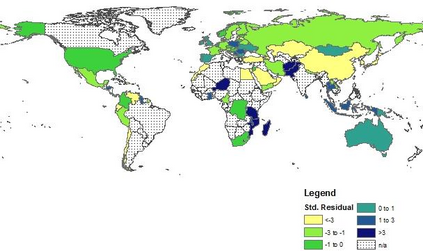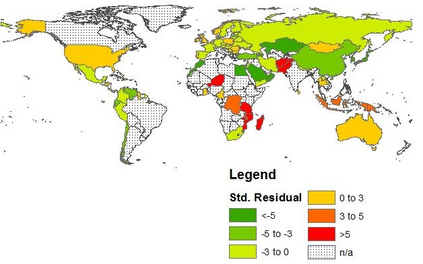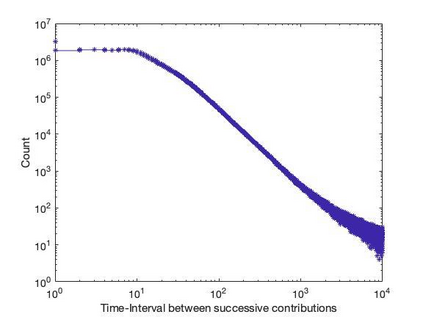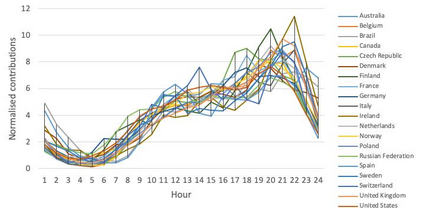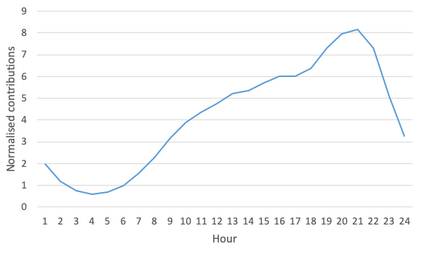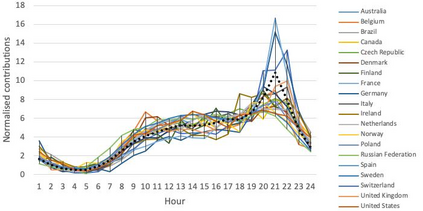Citizen Science is research undertaken by professional scientists and members of the public collaboratively. Despite numerous benefits of citizen science for both the advancement of science and the community of the citizen scientists, there is still no comprehensive knowledge of patterns of contributions, and the demography of contributors to citizen science projects. In this paper we provide a first overview of spatiotemporal and gender distribution of citizen science workforce by analyzing 54 million classifications contributed by more than 340 thousand citizen science volunteers from 198 countries to one of the largest citizen science platforms, Zooniverse. First we report on the uneven geographical distribution of the citizen scientist and model the variations among countries based on the socio-economic conditions as well as the level of research investment in each country. Analyzing the temporal features of contributions, we report on high "burstiness" of participation instances as well as the leisurely nature of participation suggested by the time of the day that the citizen scientists were the most active. Finally, we discuss the gender imbalance among citizen scientists (about 30% female) and compare it with other collaborative projects as well as the gender distribution in more formal scientific activities. Citizen science projects need further attention from outside of the academic community, and our findings can help attract the attention of public and private stakeholders, as well as to inform the design of the platforms and science policy making processes.
翻译:尽管公民科学对科学进步和公民科学家社区有许多好处,但对于贡献模式和公民科学项目贡献者的人口分布仍没有全面了解,本文通过分析来自198个国家的超过340 000名公民科学志愿者向最大的公民科学平台之一Zoonivers提供5 400万个分类,对公民科学劳动力的时空分布和性别分布进行了初步概述,分析了来自198个国家的超过340 000名公民科学志愿者向最大的公民科学平台之一Zoonivers提供5 400万个分类。首先,我们报告了公民科学的地域分布不均,并模拟了各国间基于社会经济条件和各国研究投资水平的差异。分析贡献的时间特征,我们报告了参与的“暴发性”事件以及公民科学工作者在最活跃的当天提出的参与的休闲性质。最后,我们讨论了公民科学家(约30%为女性)之间的性别不平衡问题,并与其他合作项目以及更正式的科学活动中的性别分布。公民科学项目需要来自学术界以外的利益攸关方进一步关注,并了解公共科学设计过程。

